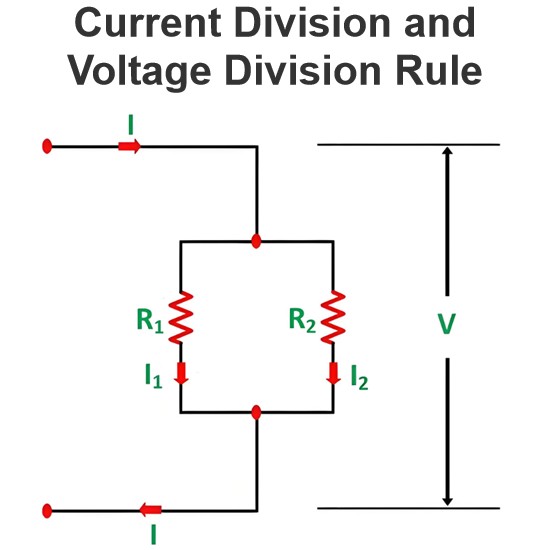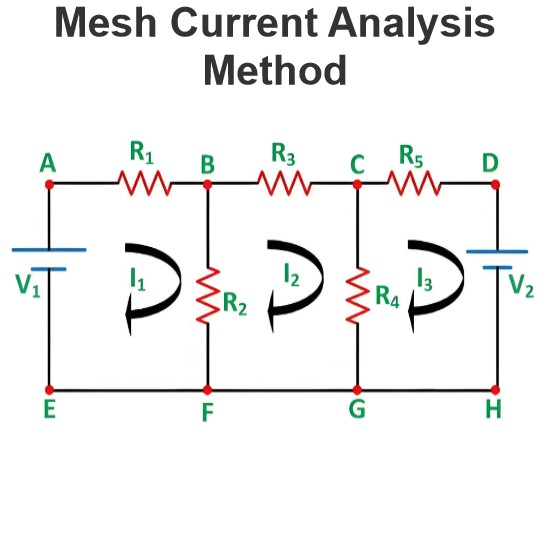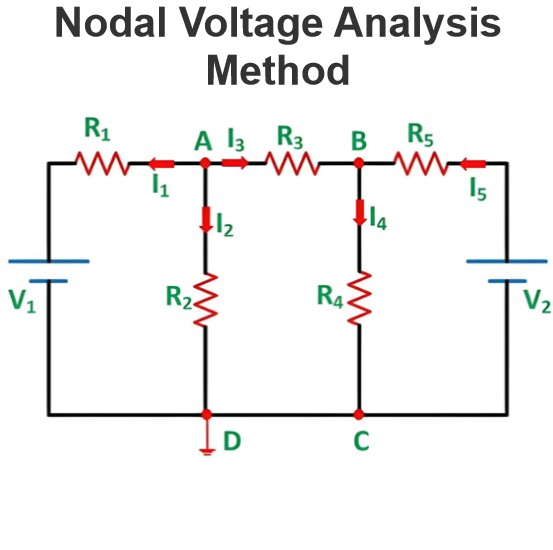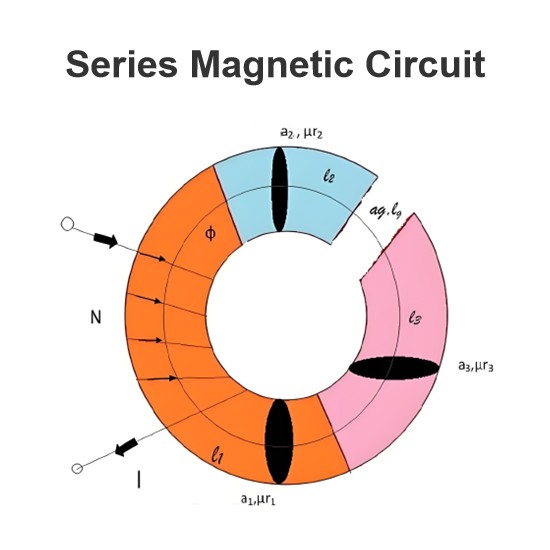Planar and Non-Planar Circuits: Analysis and Applications
A planar circuit is a circuit that can be drawn on a flat surface without any wires crossing each other.

A non-planar circuit is a circuit that cannot be drawn on a flat surface without any wires crossing each other. Planar and non-planar circuits have different properties and methods of analysis. In this article, we will explain what planar and non-planar circuits are, how to analyze them using graph theory and loop current method, and what are some applications of these circuits in electrical engineering.
What is Graph Theory?
Graph theory is a branch of mathematics that studies the properties and relationships of graphs. A graph is a collection of nodes (also called vertices) and edges (also called branches) that connect the nodes. Graphs can be used to model many phenomena in science, engineering, and social sciences.
One of the applications of graph theory is to represent electrical circuits. Each element in a circuit (such as a resistor, a capacitor, or a voltage source) can be represented by an edge in a graph. Each node in a graph can represent a junction point or a terminal in a circuit. The direction of the current flow in a circuit can be indicated by an arrow on each edge. This type of graph is called an oriented graph.
What is a Planar Circuit?
A planar circuit is a circuit that can be drawn on a flat surface without any wires crossing each other. Equivalently, a planar circuit is a circuit whose oriented graph can be embedded on a plane without any edges crossing each other. A planar circuit has some advantages over a non-planar circuit, such as:
It is easier to visualize and draw.
It has fewer loops and nodes than a non-planar circuit with the same number of elements.
It can be analyzed using mesh analysis or nodal analysis, which are systematic methods based on Kirchhoff’s laws.
What is a Non-Planar Circuit?
A non-planar circuit is a circuit that cannot be drawn on a flat surface without any wires crossing each other.

Equivalently, a non-planar circuit is a circuit whose oriented graph cannot be embedded on a plane without any edges crossing each other. A non-planar circuit has some disadvantages over a planar circuit, such as:
It is harder to visualize and draw.
It has more loops and nodes than a planar circuit with the same number of elements.
It cannot be analyzed using mesh analysis or nodal analysis, which are only applicable to planar circuits.
How to Analyze Planar and Non-Planar Circuits?
To analyze planar and non-planar circuits, we can use the loop current method, which is based on Kirchhoff’s voltage law (KVL). The loop current method involves the following steps:
Identify all the loops in the circuit. A loop is any closed path that does not contain any other closed path within it. A loop can be either a mesh (a loop that does not contain any other element except those on its boundary) or a super mesh (a loop that contains one or more meshes within it).
Assign loop currents to each loop. A loop current is an imaginary current that flows around the loop in either a clockwise or counterclockwise direction. The direction of the loop current can be chosen arbitrarily, but it must be consistent throughout the analysis.
Write KVL equations for each loop. A KVL equation states that the algebraic sum of the voltages around any closed loop is zero. The voltage across an element depends on its type and polarity, as well as the direction of the loop current relative to the element current.
Solve the system of equations for the unknown loop currents. This can be done using various methods, such as substitution, elimination, matrix inversion, or Cramer’s rule.
Find the element currents and voltages using the loop currents. The element current is equal to the sum or difference of the loop currents passing through it, depending on their directions. The element voltage can be found using Ohm’s law or other relations for different types of elements.
How to Identify Planar and Non-Planar Circuits?
To identify whether a circuit is planar or non-planar, we can use the following criteria:
If the circuit can be redrawn without any wires crossing each other, then it is planar.
If the circuit cannot be redrawn without any wires crossing each other, then it is non-planar.

Sometimes, a circuit may look non-planar at first sight, but it can be redrawn as planar by rearranging some elements or nodes. For example, consider the following circuit.
This circuit looks non-planar because two resistors cross each other.

However, if we move one resistor to another position, we can obtain an equivalent planar circuit.
Therefore, this circuit is actually planar.
What are Some Applications of Planar and Non-Planar Circuits?
Planar and non-planar circuits have various applications in electrical engineering, such as:
Planar circuits are widely used in printed circuit boards (PCBs), which are thin sheets of insulating material with conductive tracks printed or etched on them. PCBs are used to connect electronic components in devices such as computers, smartphones, radios, etc.
Non-planar circuits are often used in three-dimensional (3D) integrated circuits (ICs), which are stacks of multiple layers of electronic components connected by vertical wires or vias.

3D ICs offer advantages such as higher density, lower power consumption, faster speed, and better performance than conventional 2D ICs.
Planar and non-planar circuits can also be used to model various physical phenomena that involve networks or graphs, such as fluid flow, heat transfer, traffic flow, social networks, etc.
Summary
In this article, we have learned about planar and non-planar circuits: what they are, how to analyze them using graph theory and loop current method, and what are some applications of these circuits in electrical engineering.
Some key points to remember are:
A planar circuit is a circuit that can be drawn on a flat surface without any wires crossing each other.
A non-planar circuit is a circuit that cannot be drawn on a flat surface without any wires crossing each other.
Graph theory is a branch of mathematics that studies the properties and relationships of graphs.
An oriented graph is a graph with arrows on its edges indicating the direction of current flow in an electrical circuit.
The loop current method is based on Kirchhoff’s voltage law (KVL) and involves writing equations for all the loops in a circuit and solving them for the unknown loop currents.
Planar circuits can be analyzed using mesh analysis or nodal analysis, which are only applicable to planar circuits.
Non-planar circuits require using super meshes or other techniques to analyze them using the loop current method.
Planar circuits are widely used in printed circuit boards (PCBs), while non-planar circuits are often used in three-dimensional (3D) integrated circuits (ICs).
Source: Electrical4u.
Statement: Respect the original, good articles worth sharing, if there is infringement please contact delete.
Electrical4U is dedicated to the teaching and sharing of all things related to electrical and electronics engineering.













